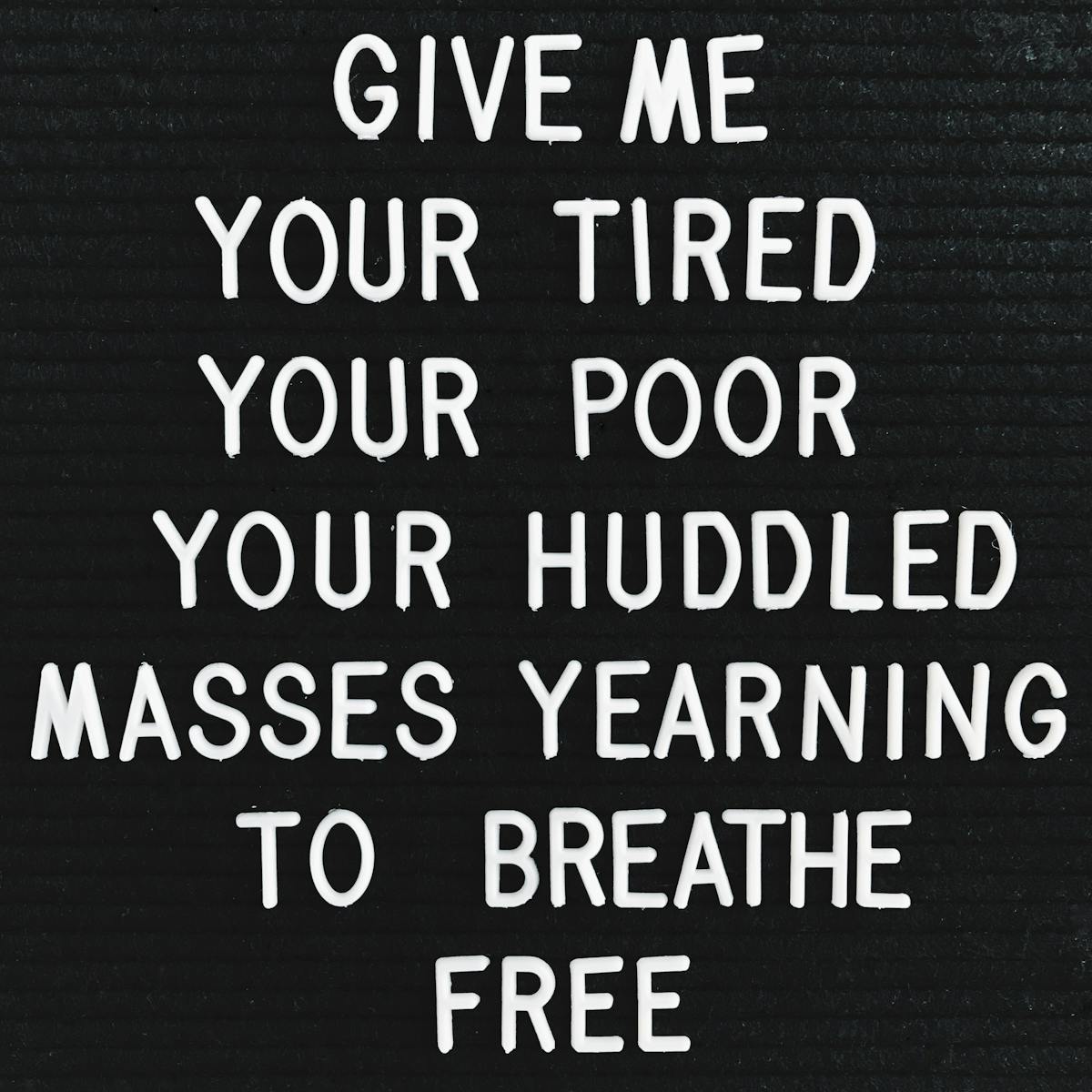Gender influences our interactions with most of the systems that govern our daily lives, from healthcare to housing, schools and courts.
Changing perceptions of gender create an opportunity for policymakers to fundamentally reimagine these systems in ways that better serve constituents. With a deeper understanding of gender, policymakers can identify gaps in policy and legislation related to gender and develop new policy initiatives that promote equity and equality.
Here are five policy areas where a reimagining of gender can make a big impact on some of the greatest challenges our communities face today.
Housing
Housing policy is one area where a deeper understanding of gender can broaden the impact of existing legislation and inspire new solutions to ensure that everyone has access to a safe, clean and affordable home.

- Housing discrimatination: The federal government recently reexamined the role of gender identity in housing discrimation, and said it will begin investigating complaints against nonbinary and transgender individuals under the Fair Housing Act first introduced in 1968. But explicit legislation is still needed at the federal, state and local levels to provide stronger protection from housing discrimination for gender-diverse communities.
- Homelessness: One in five transgender individuals have experienced homelessness at some point in their lives, and research has identified a range of contributing factors – including discrimination, violence, family rejection, poverty, and access to education and healthcare.
- Policy considerations to include: How would looking at homelessness crisis with a broader gender lens help policymakers create more comprehensive solutions to this systemic problem?
Healthcare
Healthcare policy affects a person’s ability to access health insurance and services regardless of sex or gender, receive gender affirming, equitable and supportive care, and get coverage for gender congruence-related needs.

- Discrimination: The Health Care Rights Law in the Affordable Care Act prohibits discrimination by health providers and insurance companies based on a wide range of factors including biological sex. But in the absence of explicit language about gender, protections against discrimination for the transgender community have been rolled back and inconsistently applied to other gender-diverse communities.
- Data collection/research: Health equity depends on many things, including quality data; but too often, practitioners, providers and insurers are making decisions based on poorly derived data. If, for example, data is collected that asks research participants to identify their gender in terms of the gender binary (or worse yet asking them for gender and then using sex identifiers instead), the data will be misleading and could lead to poor and ineffective solutions. A more nuanced, intersectional look at the communities being served can help create relevant solutions, and identify critical health issues such as how multiple minority stress factors play a role in the services needed and the likelihood that they will be sought and/or received.
- Other barriers: With a wider view on gender discrimination in healthcare, policymakers can more effectively reduce systemic barriers to receiving affordable, high-quality healthcare.
- Policy considerations to include:Electronic records and forms that don’t include all gender identity typesClinician training on genderAvailability of facilities and knowledgeable providersLack of comprehensive research on gender-based health inequitiesLimits on insurance coverage for specific types of careMental health issues related to genderSexual health issues related to genderIntersecting policy issues like poverty, education and housingIntersecting personal characteristics such as race, ethnicity, socioeconomic class, regionality, sexuality and ability
Education
Education is another area where policymakers have an opportunity to fill in gaps in existing legislation to ensure students, educators, faculty and staff have access to a safe and welcoming environment to learn and work.
- Discrimination: While federal education law under Title IX is understood to protect students from gender-based discrimination, many states have laws that more explicitly prohibit discrimination in education on the basis of gender identity and expression.
- Gender-related needs: The Individuals with Disabilities Education Act provides additional rights for students with gender related conditions like anxiety or depressive disorders, and access to Individualized Education Plans that address gender-related needs.
- Privacy: Federal privacy laws also protect students from unauthorized disclosure of their gender identity and medical records.
- But it’s often up to local and district school leaders to create and implement comprehensive policies that prevent bullying, harassment, and discrimination.
- Policy considerations to include:Pronouns and gendered language in schoolsFacilities including bathrooms, locker rooms, etc.Sports and other extracurricular activitiesDress codesPrivacy and communication with families

Immigration
Gender intersects with immigration in many ways. More than 70 countries criminalize transgender people, while many more are challenging places for gender-diverse people to live freely and peacefully. But gender doesn’t just influence a person’s reasons for leaving their country of origin, it also influences where they decide to go, how they get there and what networks they use, and their experience when they arrive at their destination.

- Discrimination: Transgender and nonbinary people face higher risks of discrimination and violence when seeking housing, employment, healthcare, and other social services, and the risks are even greater for undocumented immigrants who identify as transgender or nonbinary.
- Policy considerations to include:Asylum and refugee determinationsImmigration forms and documents Detention facilities Human trafficking
Environment
The climate crisis is exacerbating existing inequalities in race, class and gender all over the world. The intersection between gender and climate change is one area that is rarely addressed in policy.
- Discrimination: During evacuation and disaster response efforts, transgender and non-binary people are often denied access to aid based on having the “wrong” information on their identification forms compared to their gender expression. They are also often subjected to harassment in evacuation shelters, or denied access to gender-appropriate bathrooms and facilities.
- Violence and intersecting issues: Gender-based violence has been shown to increase after climate disasters like hurricanes. Communities are also more likely to experience loss of employment, loss of housing, and financial issues in the wake of a disaster, which creates an additional burden for gender-diverse communities already experiencing these issues at a disproportionate rate.
- Policy considerations to include:A gender lens in environmental policy with gender-diverse leadership on climate changeAddressing gender-based violence, poverty, discrimination and other intersecting issues related to climate policy and disaster response


As you can see, gender intersects with and influences many key policy areas — this list only scratches the surface. To learn more about how you and your team can apply a gender inclusive lens to policymaking, contact us to discuss a custom training.